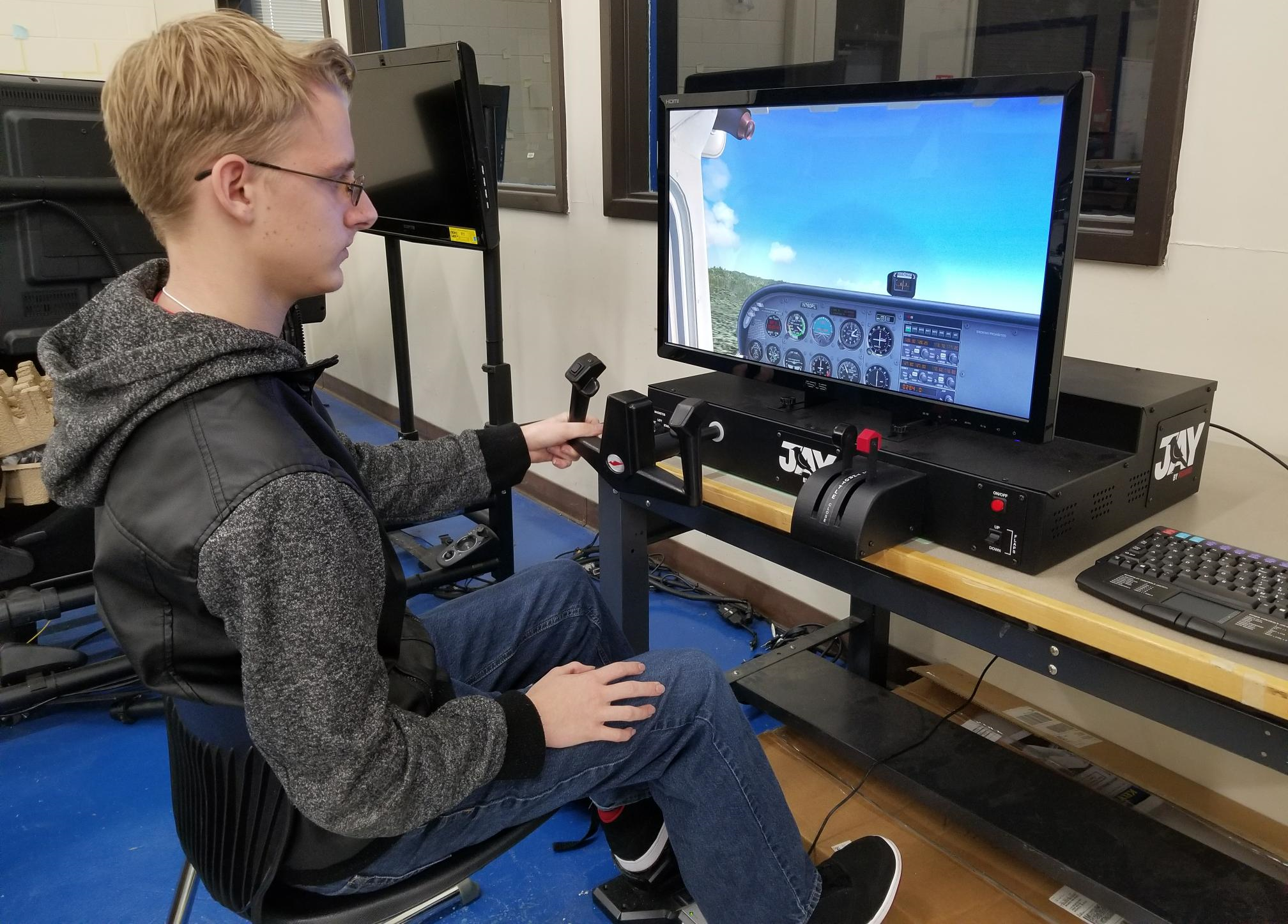Introducing Youth to Aviation is an Investment in the Future
Do you remember the first time you fell in love with aviation? I once was a 15-year-old girl with absolutely zero interest in airplanes. And then one day I stumbled upon a plane in a somewhat random place at a random time, and that moment changed the course of my life immediately.
For many of you, that moment might be similar. Maybe you were that small child at an airshow, eyeing a static P-51 as a Stearman flew circles above you. Or maybe you remember watching airliners fly approaches over your house as a teenager. Or perhaps, as a young adult, someone offered you an airplane ride, and you never looked back.
The fact is, someone introduced you to aviation. Someone planted the seed, showed you the ropes, and made you believe you could become a pilot. Had that person or program not existed, would you have discovered aviation on your own? A sobering thought, right?
That’s why it’s so important to expose young people to aviation. Unless someone in their family is a pilot, many kids will never think about aviation as a probable hobby or career for them. Even a young person who has been exposed to aviation might find the process, and the environment, to be too foreign to really identify with it in a way that makes them believe that they can really become a pilot.
That’s where we come in.
If there’s an opportunity to get kids involved in aviation, to show them the ins and outs of what aviation is about, then we need to take it. As flight instructors, flight school managers and general aviation enthusiasts, we need to make the effort to bring kids into aviation through community and school partnerships. Bringing 30 fifth-graders to the airport might seem like a lot of work for little reward - and that’s the immediate reality - but the long-term payoff is priceless. Setting up programs with schools, creating an aviation curriculum for teenagers, obtaining simulators for classroom use, or putting on local “airport days” for kids… all of that takes a lot of effort, and you won’t see any immediate reward or any boost to your bottom line. But don’t think for a moment that those efforts are in vain; they are not.
Some of the kids who attend an event like a school airport tour, or like Aspen Aerospace Alliance’s “Around the World in Two Days” event, may never come back to your flight school. But many of them will leave with a better understanding of the aviation community and how it all works, and they’ll go home and research, and they’ll feel more comfortable calling up your flight school when they’re 15 or 16 years old to ask about flight lessons. For some of them, it might take a little longer, and maybe they’ll come back 15 years later with their own young child, remembering the day when the seed was planted in their own mind. Or perhaps they’ll decide to major in aerospace engineering and design airplanes, or become a computer engineer and design flight simulators, or they’ll become a teacher who will years later bring an aviation program into their classroom. These kids will not always come straight back to your flight school, but the exposure will benefit aviation as a whole, and that’s a return on investment the industry desperately needs. And that will pay off for your flight school.
Aviation is struggling. To sustain this business, we need more young people. We need fresh ideas. And we need to expose people to aviation who might not otherwise discover it on their own. As flight schools, instructors, and aviation advocates, if we don’t expose the next generations to aviation, who will?
Share this
You May Also Like
These Related Articles

Paying It Forward to Future Pilots

Starting a High School Aviation Program Without Breaking the Bank
